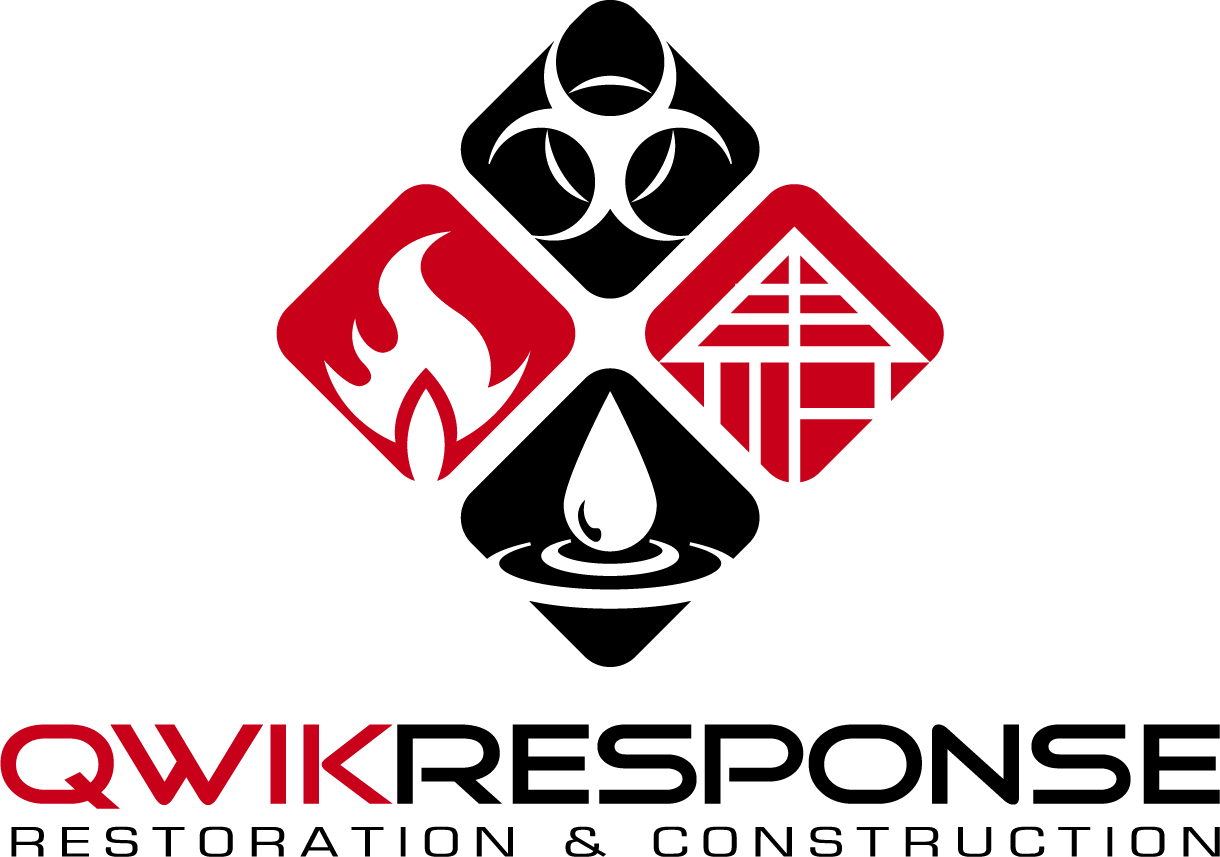How to Identify Lead Paint in Your Home
The History of Lead Paint
Used as early as the 4th century BC, lead paint has been used for its accelerated dry-time, durability, and ability to resist moisture and corrosion. Sherwin Williams released a 1904 statement on the dangers of lead paint, which led to subsequent legislature banning widespread use of the material.
While the use of high-content lead paint ended in the late 1970s, it can still be found in many homes built in the 1980s. Learn more about health risks, signs to identify it, and how QwikResponse is equipped to remove lead paint from your home or business.
What Can Exposure Lead To?
Lead exposure is highly hazardous. Likely a carcinogen, it can cause damage to the nervous system, reproduction, stunted growth, kidney failure, and more. When lead enters the body, it gets stored in bones, tissues, and teeth leading to severe – and sometimes fatal – health risks. That’s why, when confronted with the material, it’s essential to use lead-certified professionals.
Signs of Lead Paint
If your home was built before the 1978 federal ban, lead paint is likely present. One sign is “alligatoring” – when paint starts to crack and wrinkle, leaving a scaly pattern. Additionally, if a surface leaves a chalky residue when rubbed, or if there are several coats of paint layered on one another, you ought to test for lead.
If you notice these signposts, call an expert. As of 2018, there are an estimated 37 million homes with lead paint in the United States. QwikResponse is experienced and certified in removing this harmful substance - if you live in Santa Barbara, Goleta, or Montecito, call us to schedule your inspection today.
The QwikResponse Way
All of our services start with a face-to-face inspection to determine the extent of the project and discuss the cleanup, remediation, and restoration process and what you can expect. QwikResponse is Santa Barbara’s local lead renovation, repair, and painting company.
Our skilled team is certified in the EPA’s RRP rule of lead-safe work practices to prevent contamination and ensure the job gets done the right way. We are committed to our clients; we understand the toll that a crisis can take physically and emotionally, and we are prepared to help you every step of the way.




